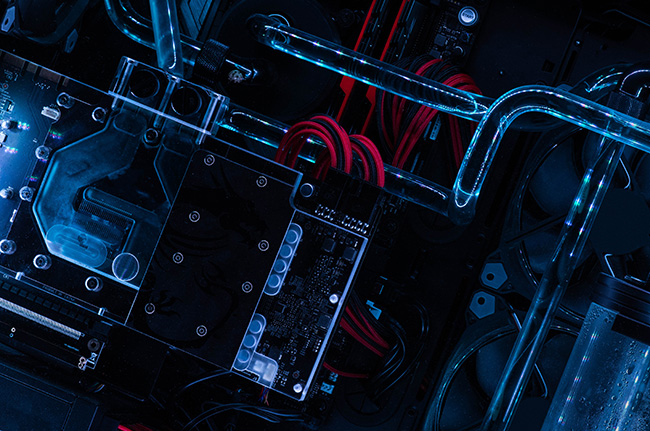

Homepage > Industrial news > Current market situation and future development trend of China's motor vehicle testing industry
Hits:6028 Createtime:2022-11-14 11:24:23
Current situation of motor vehicle testing industry
Motor vehicle detection refers to the use of modern technology, the use of non disassembly methods, so that the vehicle quickly through the detection equipment to complete the detection and diagnosis work. To determine the technical condition or working ability of the vehicle. At present, the market structure of China's motor vehicle testing industry is decentralized, and the industry needs to be integrated. At present, there are only more than ten stations for the larger vehicles under inspection nationwide. Compared with developed countries, the number of inspection stations per 10000 vehicles in China is also insufficient.

Due to the dispersion of the market pattern and some problems left over by historical development, there are many user pain points in the industry. First, the service level is poor and user satisfaction is low. In most detection stations, there are still serious queuing, poor staff service attitude, and widespread scalpers; Second, the operation is not transparent and the governance structure is poor.
Development prospect of motor vehicle testing industry
According to CMRC's research and analysis on the motor vehicle testing industry, as people attach importance to vehicle safety, they constantly put forward new requirements for vehicle testing, thus constantly promoting the development of the vehicle testing industry.
From the perspective of industrial development, automobile inspection, as a service link in the development of automobile industry, has spawned a series of related market progress, such as the development of automobile inspection equipment, the increase of automobile inspection stations, the progress of automobile inspection technology, and the expansion of upstream and downstream demand markets. At the same time, with the modernization of automobile technology and equipment and the increasing number of automobiles, the country and governments at all levels will inevitably put forward higher requirements for automobile detection technology and equipment. However, the change of vehicle ownership and vehicle age structure has driven the continuous growth of detection demand. From the perspective of consumers, the first consideration for choosing motor vehicle testing is the service and location of testing institutions. On the contrary, consumers are not very concerned about the price gap of annual inspection.
Therefore, it is expected that in the future, China's motor vehicle testing stations will still have huge room for improvement in the long term, and in the future, the leading enterprises will merge and integrate, and the brand operation of motor vehicle testing will be the trend of the times.
Relevant policies of motor vehicle testing industry
As early as 2004, the National Development and Reform Commission issued the Automobile Industry Development Policy to promote the coordinated development of the automobile industry and related industries, urban transport infrastructure and environmental protection. Create a good automobile use environment and cultivate a healthy automobile consumption market. It has established the development status of automobile inspection in the automobile industry in the future. Since automobile inspection includes the monitoring of exhaust gas and safety performance, it plays an important role in the sustainable development of the country, and the compulsory vehicle inspection of motor vehicles is directly promoted to the legal level.
During the "Fourteenth Five Year Plan" period, the Ministry of Air Pollution Prevention and Ecology and Environment held a regular press conference, saying that the Ministry of Ecology and Environment is taking the lead in formulating a plan of action to reach the peak of carbon dioxide emissions by 2030, while formulating a series of special plans such as the "Fourteenth Five Year Plan" action plan for comprehensive improvement of air quality. Vehicle pollution reduction will be a key development project during the "Fourteenth Five Year Plan" period, reflecting that exhaust emissions in vehicle testing will become the top priority.
In addition, "National Six a" has been implemented on July 1, 2020, while "National Six b", which is more stringent than "National Six a", will be implemented on July 1, 2023. Compared with the emission standards of "National Five", it will be significantly stricter. Therefore, the calibration costs of "National Six" also have a significant increase compared with "National Five", which is good for the motor vehicle testing industry.
To sum up, the increasingly stringent national environmental protection policies have provided a huge development opportunity for China's motor vehicle testing industry, which is expected to usher in rapid growth in the long run.
Online consultation
>Hotline
400-966-0397




